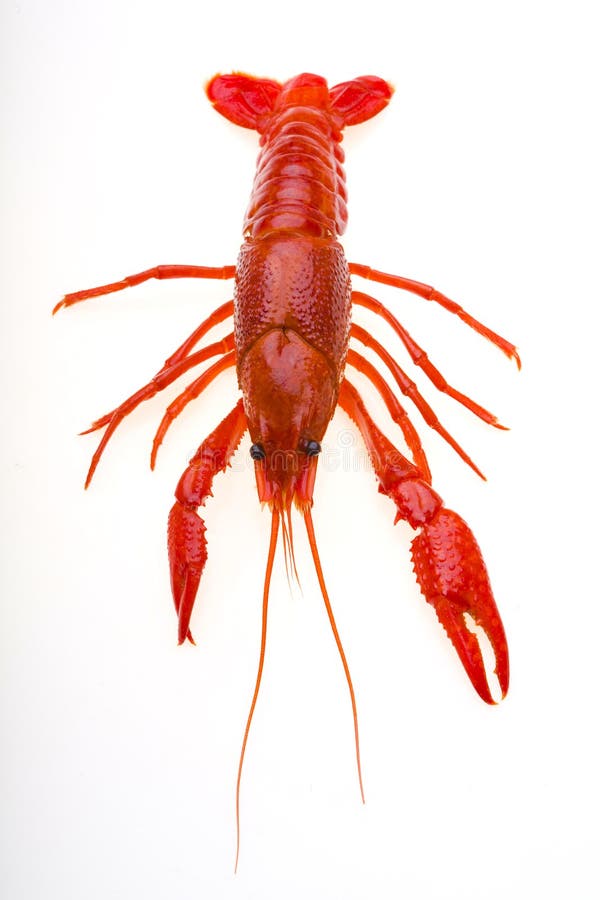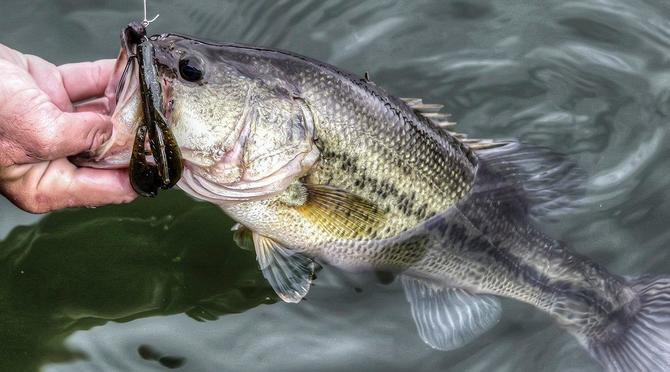

It's also illegal to release the crayfish into a public body of water, a key means of which the invasive species is introduced, according to Monica McGarrity, a TPWD senior scientist for aquatic invasive species. Stacks of WWII-era Nazi cargo are washing up on Texas beaches.Astros GM gives explanation, but few details on Michael Brantley delay.Google Street View of Texas cemetery goes viral after bizarre skeleton sighting.

Houston Astros broadcasters roast Trevor Bauer after foul-ball catch.Texans are encouraged to turn off excess lights through June 15.Houston Oilers legend hints Titans could use throwbacks against Texans.Houston man feels 'ripped off' by costs of fajitas at local restaurants."The Australian Redclaw crayfish is used in aquaculture industry elsewhere for human consumption, but TPWD has banned its possession and sale in the state of Texas due to its potential impact on native fauna and flora," he wrote. Kirk McDonnell with TPWD said in an emailed statement that crayfish in general, including the Australian Redclaw, are good to eat. "A 2lb crawfish! How long do you boil those for?" asked another. Some hungry Texans have already expressed intentions to hunt the crayfish for food. "Tell the Cajuns where they are and they'll be gone in a month," read one comment on TPWD's Facebook post announcing the crayfish. The species can also carry Crayfish Plague and other parasites and diseases that could impact native crayfish. Per the agency, the large crayfish can significantly alter habitat and vegetation, competitively exclude native crayfish, and can impact native fish communities by direct predation. They can also be easily spread to new areas through rainfall washing them across waterbodies. The species can reproduce prolifically, with females brooding up to five times a year at 1,000 eggs per clutch.

"We don't know when these invasive crayfish were first introduced or how far they spread, but we do know they can have a negative effect on local species and biodiversity," Grubh said.īoth male and female Australian Redclaw Crayfish have been collected, so the potential for reproduction is a concern, TPWD said in the release. Archis Grubh, an aquatic biologist with TPWD, is calling on the public to report sightings of the invasive species to better understand where it's distributed in the state and potentially take steps to prevent its spread. The large crayfish prefer slow-moving streams and stagnant water bodies with high turbidity and can move over land and between waterbodies, per the release. In January and February, specimens were collected at an apartment complex pond that connects to a nearby resaca in the Brownsville area. Three additional Australian Red Crayfish were spotted two miles away from the site in July.ĭr. The Australian Redclaw Crayfish had only been previously detected in the United States in California.


 0 kommentar(er)
0 kommentar(er)
